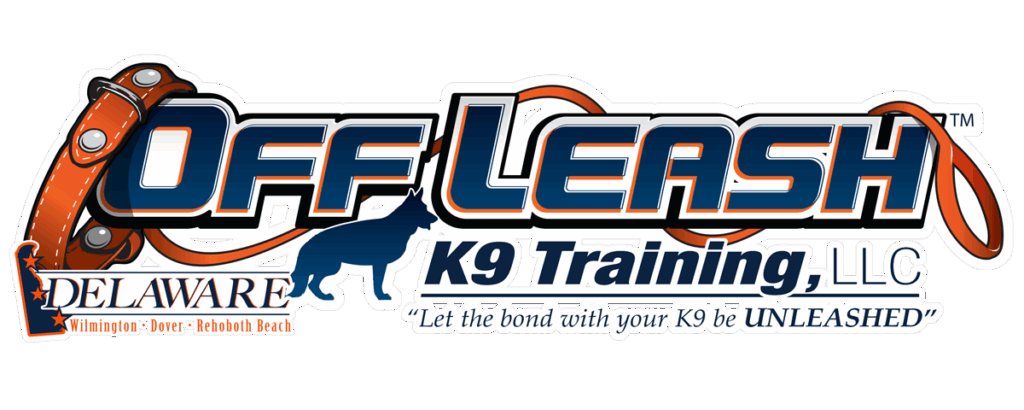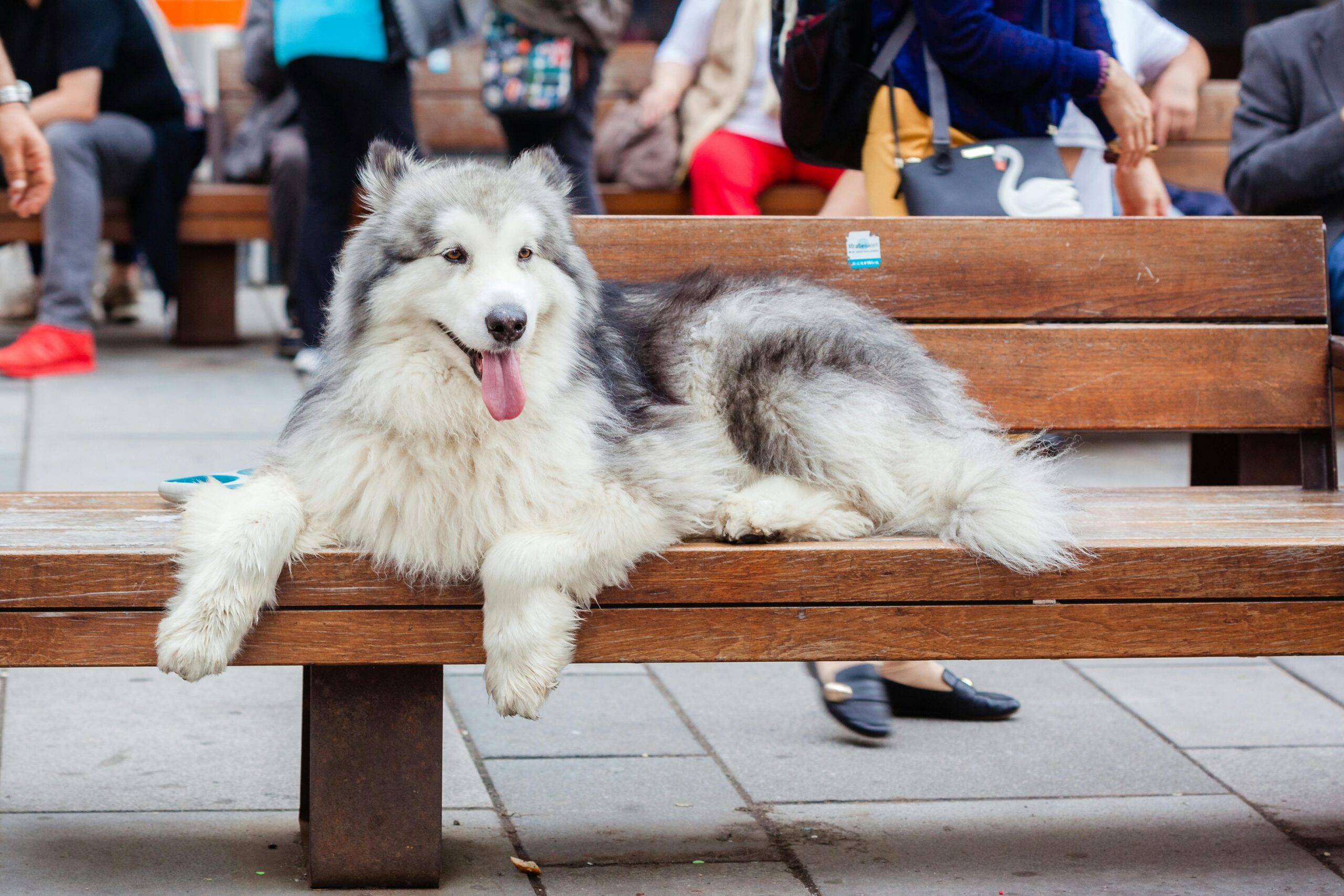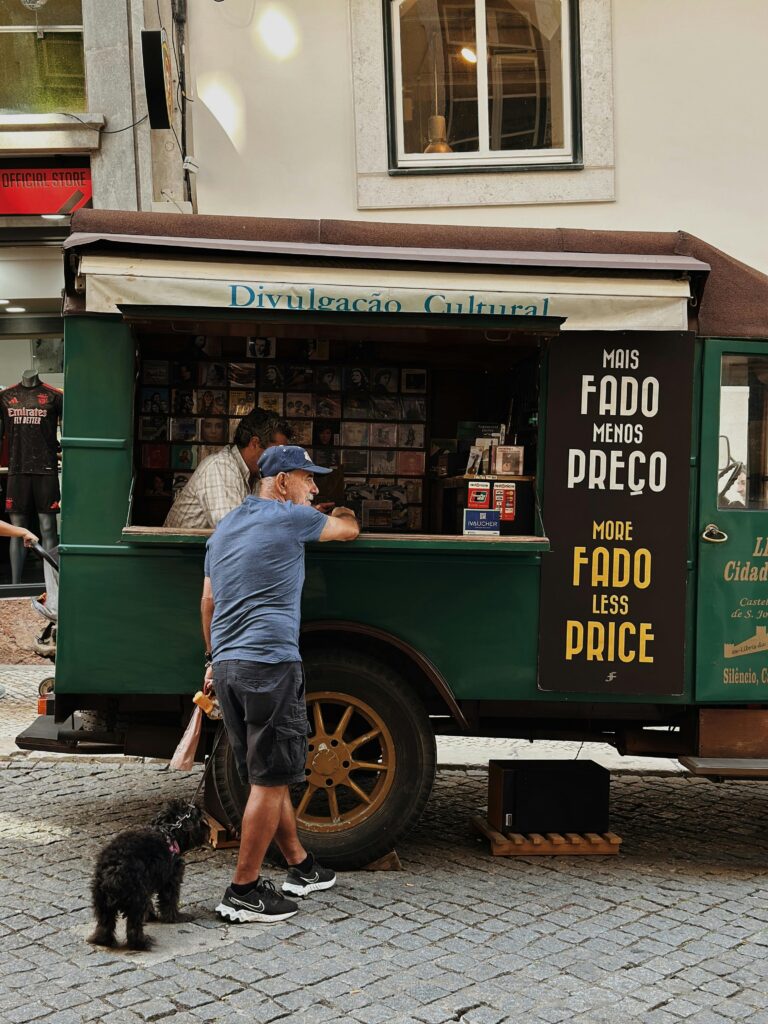Socialization is more than puppy playdates or trips to the dog park. It’s about teaching your dog to remain calm, confident, and well-mannered no matter where life takes you. Whether you’re grabbing coffee at a dog-friendly café or strolling through a busy farmer’s market, real-world socialization plays a critical role in creating a reliable, relaxed dog.
As a professional trainer, I work with clients every day who want to bring their dogs into public spaces without stress or embarrassment. The good news is, this kind of socialization is absolutely trainable with the right structure.
Let’s break down how to prep your dog for the sights, sounds, and surprises of the real world.
Why Real-World Socialization Matters
Dogs that are only trained at home may behave well in your living room but struggle in unpredictable public settings. When exposed to crowds, loud noises, unfamiliar dogs, or new smells, they can become overwhelmed, reactive, or anxious.
Proper socialization helps your dog:
- Stay focused around distractions
- Reduce fear-based behaviors
- Build confidence in new environments
- Become more enjoyable to take places
Dogs that are socially fluent are safer, calmer, and more welcome in public settings like patios, parks, and shops.
Start With the Right Foundation
Before you dive into real-world adventures, make sure your dog has a strong foundation in obedience. Commands like “heel,” “sit,” “place,” and “leave it” are crucial when distractions hit.
If your dog still pulls on the leash or tunes you out when excited, it’s worth refining those basics. Our Basic Obedience Program is designed to build reliable commands that hold up in any environment, from quiet neighborhoods to crowded events.
Choose the Right Socialization Settings
Not all environments are ideal for early exposure. Start with calm, controlled spaces and work your way up. Here’s a basic progression path I use with clients:
- Neighborhood walks: Begin with quiet streets and gradually introduce minor distractions like bikes or strollers.
- Pet-friendly retail stores: Places like pet supply stores or garden centers are great for early practice.
- Outdoor cafes: Visit during non-peak hours first. Use a “place” command to keep your dog settled at your feet.
- Busy parks and trails: Practice polite greetings and leash manners around dogs, joggers, and kids.
- Festivals or markets: These are advanced settings. Only attempt after success in calmer locations.
If you’re local to southern Delaware, don’t miss our guide to dog-friendly Sussex County spots for a list of great real-world training destinations.
Practice the Place Command in Public
The “place” command is one of the most powerful tools for real-world calm. When taught correctly, it gives your dog a job to do, stay settled on a defined spot regardless of what’s happening nearby.
Bring a portable mat or towel and practice this command at:
- Outdoor patios
- Park benches
- Picnic areas
- Beach spots
Reward your dog for staying in place as distractions pass by. Over time, your dog will associate public settings with calm focus, not chaos.
Don’t Skip the Exit Strategy
Even well-trained dogs have limits. Always be prepared to end a socialization session early if your dog shows signs of stress:
- Excessive panting or drooling
- Constant scanning or pacing
- Whining or barking
- Ignoring known commands
It’s better to leave on a good note than to push your dog into overwhelm. Real-world socialization is a process, not a single event.
Leverage Game-Based Learning
Making socialization fun is key to long-term success. That’s where game-based learning comes in. Instead of drills and frustration, you’re using play and problem-solving to build engagement.
For example:
- Turn “heel” into a game where your dog earns rewards by matching your pace through busy sidewalks.
- Use treats to reward “look at me” when distractions arise.
- Challenge your dog with scavenger hunts or impulse-control games in new environments.
Our blog on game-based learning vs. gamification explores how to build fun into every session while still achieving structure.
Be Mindful of Other Dogs and People
Socialization doesn’t mean your dog has to meet every person or pup you pass. In fact, teaching your dog to ignore strangers and focus on you is often the best approach.
Practice:
- Loose leash walking past dogs without greeting
- Sitting calmly while people walk by
- Looking to you for direction when unsure
The American Kennel Club recommends structured exposure over random greetings to ensure safe and positive associations. Controlled, calm interactions always trump unpredictable encounters.
Final Thoughts: Socialize With Purpose
True socialization is about confidence, composure, and trust. It means your dog can go with you to the brewery, the beach, or the boardwalk and behave like a calm companion, not a liability.
So don’t leave socialization to chance. Train it with purpose. Start small, stay consistent, and celebrate every win along the way.
Ready to master real-world training with your dog? Contact us today to learn how we can help you build calm confidence, one outing at a time.




